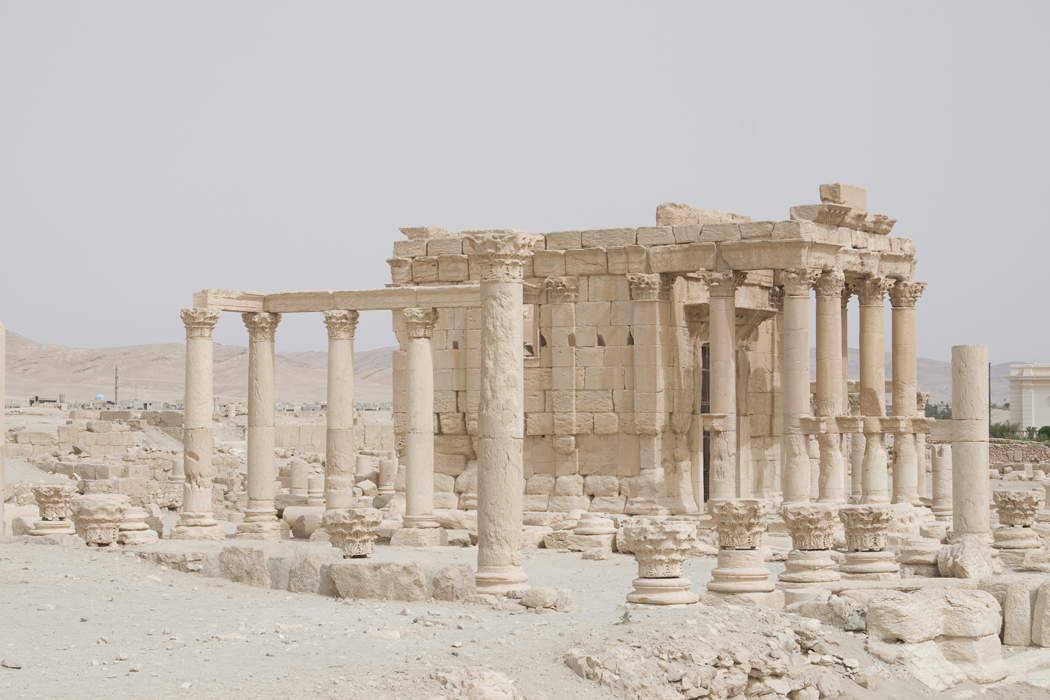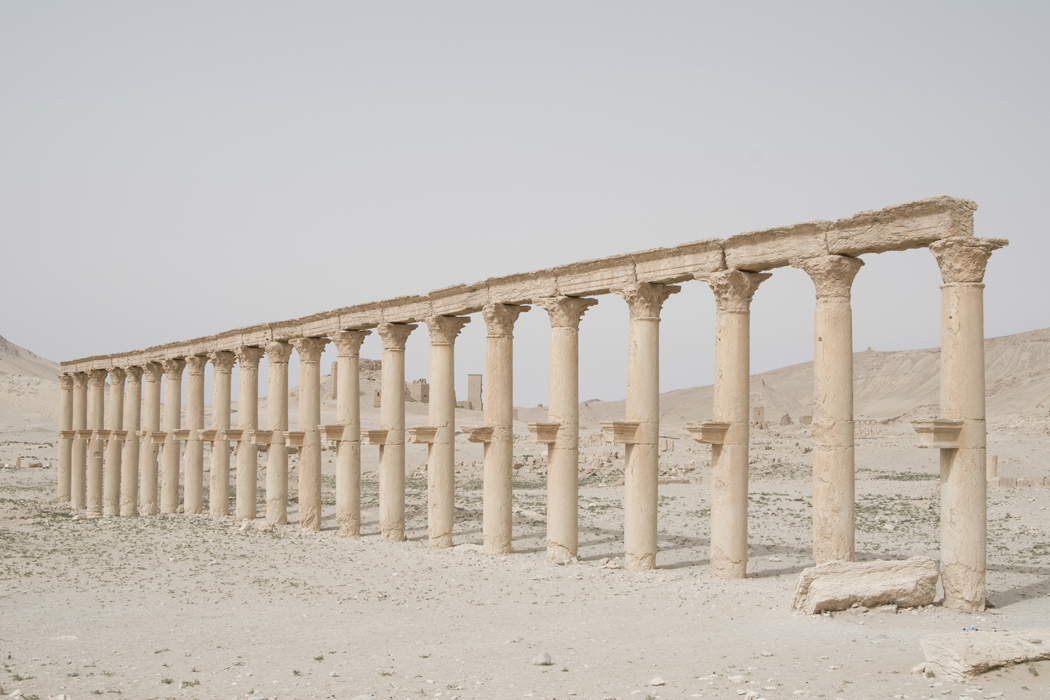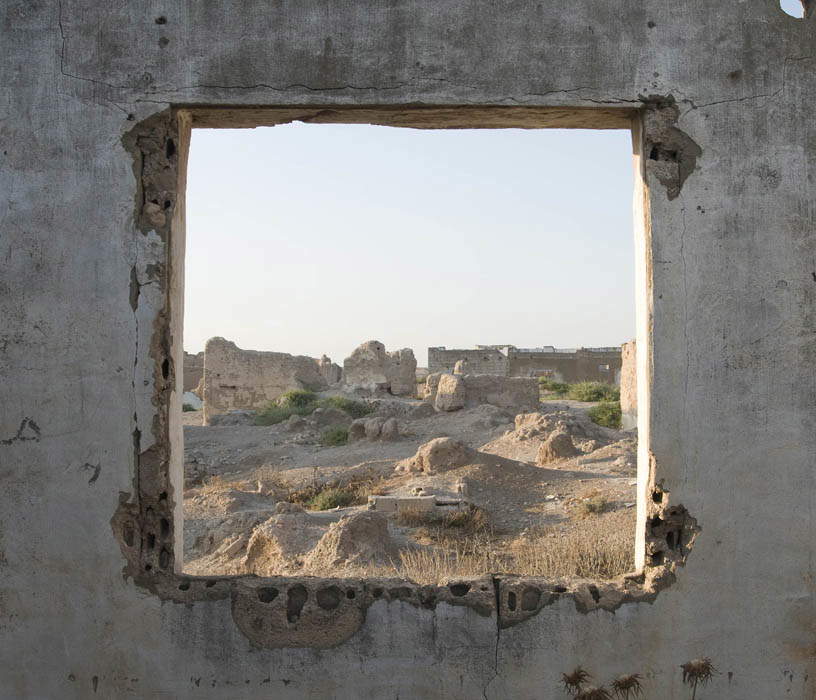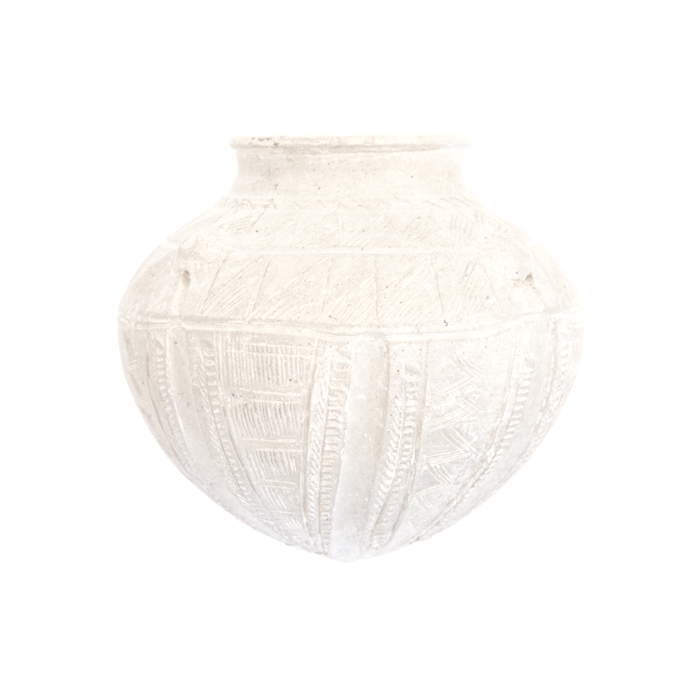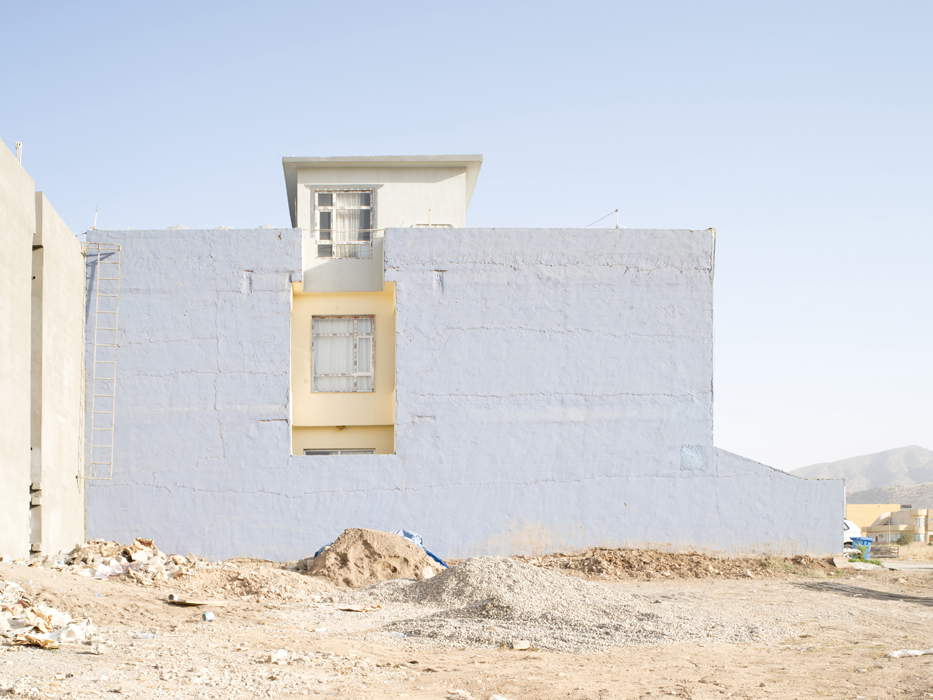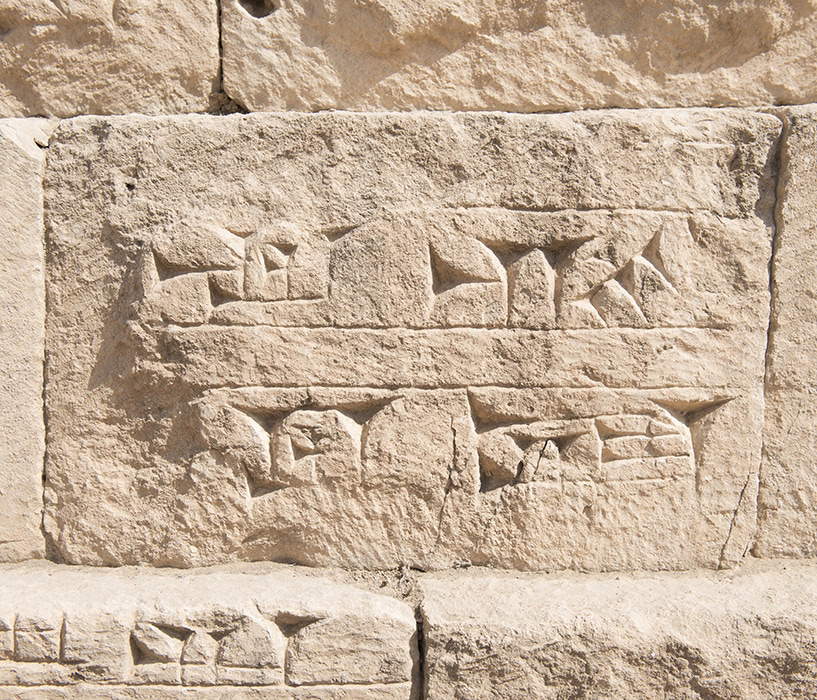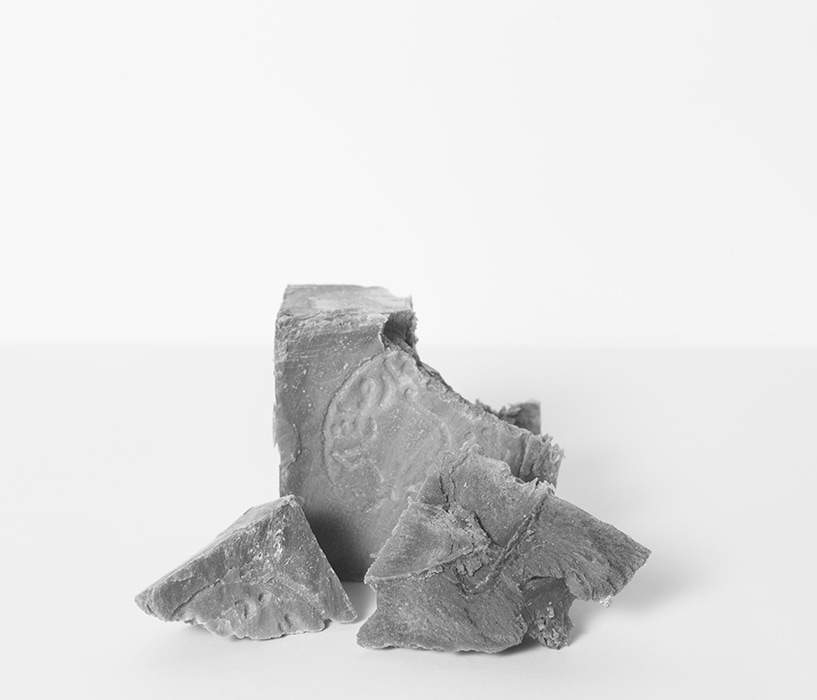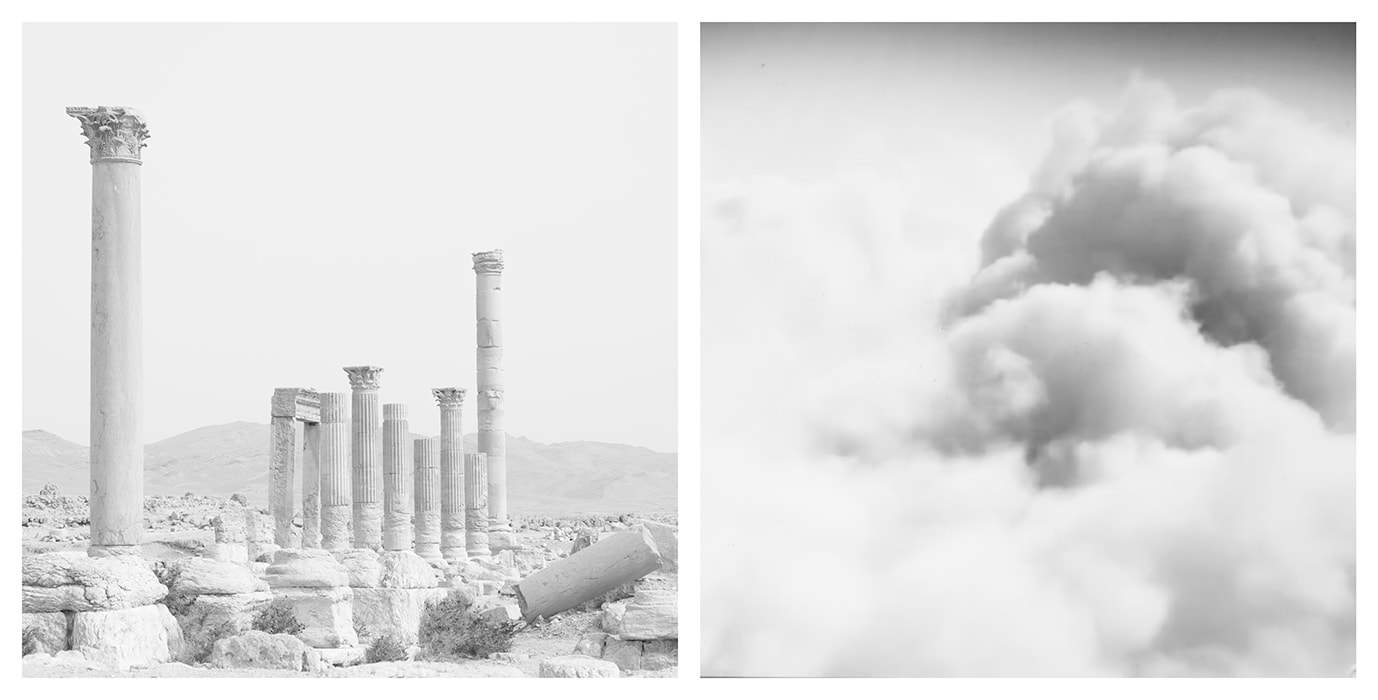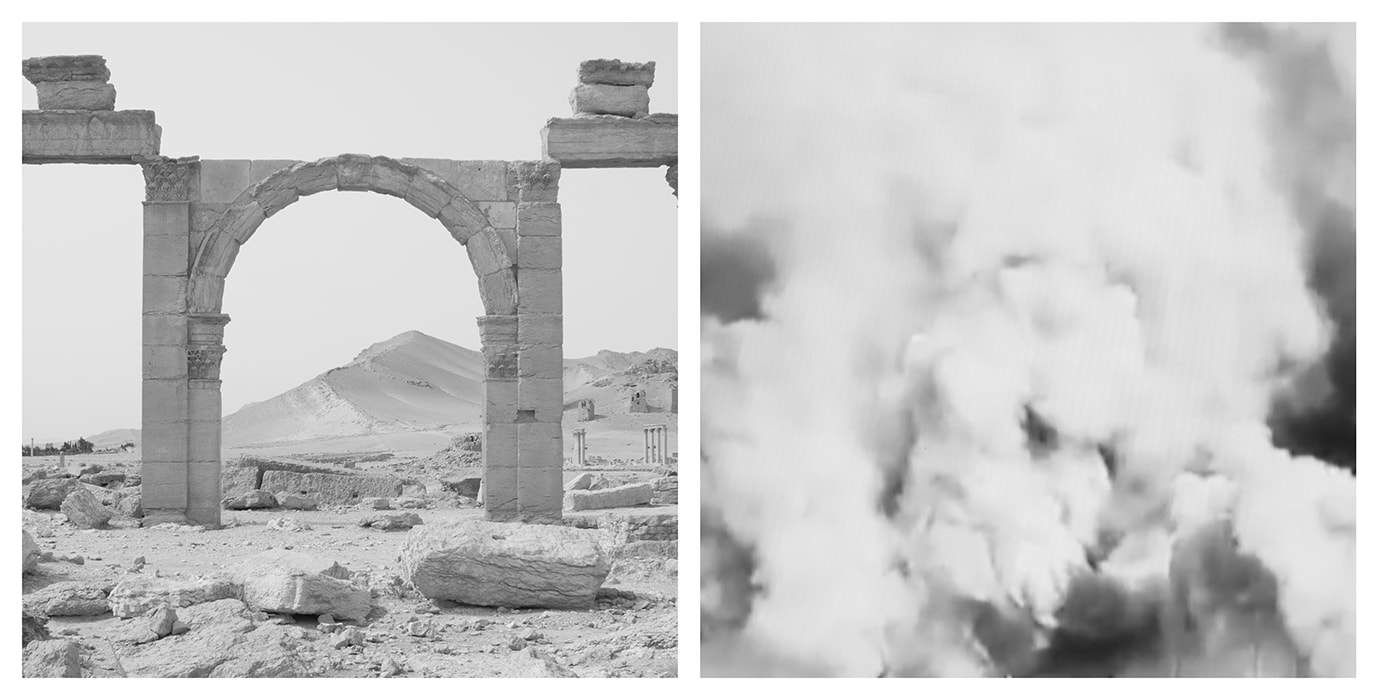by Redazione , published on 09/07/2020
Categories: Art and artists
/ Disclaimer
Active between Italy and the Middle East, Pavia-based photographer Massimiliano Gatti offers research that investigates ancient history to question the future.
An unusual path, that of photographer Massimiliano Gatti (Voghera, 1981): first a degree in pharmacy, in 2006, and then, two years later, a diploma in photography at Bauer in Milan. He is a photographer with an inordinate passion forarchaeology, which has marked almost the entire parabola of Gatti’s young career: in fact, he has been a photographer following several Italian missions in the Middle East (from 2008 to 2011 in Qatna, Syria, and since 2012 in the PARTeN project - Regional Archaeological Project Land of Nineveh in Iraqi Kurdistan), so much so that his work is divided between Italy and the Middle East.
His research focuses on history and memory: despite the fact that his photography may suggest a photojournalist approach, the slant Gatti gives to his projects is purely documentary. His most famous series is probably Ruins, dedicated to what remains of the passage of the ancients in Syria, starting with the city of Palmyra: “the remains of the ancients,” the photographer writes, “have a fascination that goes beyond time and space. The ruins, imposing and solemn traces that a civilization left along its path, capture the eyes and mind so intensely that they are the basis of the aesthetics of the sublime. [...] In the contemplation of ruins, a feeling is thus triggered that lies somewhere between dismay and admiration, while time undermines not only the traces left by man, but the very memory of his identity. If Nietzsche identifies the transformation of past history into present history as the key for man to become man, it is because history exercises a critical function with respect to the defects of memory.”
According to Massimiliano Gatti, photography is an instrument of memory that has the task of “fixing the charm of an uncorrupted past and restoring its enchantment, so that this enchantment can be nourishment for the new.” In Gatti’s photography, past and future meet: one of his projects centered on the new towns of northern Iraq is entitled Warana eh, an Arabic expression that determines a specific concept, that of looking to the future while wondering what remains of the past. An idea of photography according to which art is not a tool to document a reality, but to offer the viewer the artist’s point of view, to suggest a vision, a perspective, an idea, even when the gaze seems detached.
A prolific artist, Gatti has worked on various themes related to his experiences in the Middle East. The Stones of Jerwan, for example, is an image-based account of the story of the Assyrian king Sennacherib, evoked through what remains of his work. In Superficie collects photographs of artifacts that emerged during the excavations of the PARTeN project and are looked at with the eye of the photographer rethinking the story those objects tell. Limes depicts Middle Eastern landscapes seen through a window, a “forced” framing, as the artist himself says, that forces one to see the landscape in a certain way, making the photographer both artist and spectator together, “active builder and passive user of a vision.”
From May 19, 2020, Gatti is on view at the Studio La Città gallery in Verona, for an exhibition organized in collaboration with Podbielski Contemporary: the exhibition, titled Aleph, features works from the series In Superficie, Aleppo is a laurel leaf (dedicated to the tragedy of Aleppo in the context of the Syrian civil war), Le Nuvole (on the destructions of Isis) and La Collezione (the latter series unpublished and exhibited for the first time in the Venetian city: it is a narrative of a Syria that no longer exists but which nevertheless lives again in Gatti’s own personal stamp collection). Massimiliano Gatti’s works can be seen in several museums and collections: the Galleria Civica di Modena, the Fondazione Fotografia di Modena, the Musei Civici di Pavia, the Musei Civici di Monza, the BNL Collection, the California Museum of Photography in Riverside, and Columbia University in New York. To learn about his art you can visit his official website.
 |
| Massimiliano Gatti, Rovine Palmyra #8 (2009; fine art giclée inkjet print on Photo Rag paper, 60 x 90 cm) |
 |
| Massimiliano Gatti, Rovine Palmira #12 (2009; fine art giclée inkjet print on Photo Rag paper, 60 x 90 cm) |
 |
| Massimiliano Gatti, Rovine Palmyra #4 (2009; fine art giclée inkjet print on Photo Rag paper, 60 x 90 cm) |
 |
| Massimiliano Gatti, Limes #11 (2011; fine art giclée inkjet print on Photo Rag paper, 60 x 70 cm) |
 |
| Massimiliano Gatti, On the Surface #5 (2015; fine art giclée inkjet print on Photo Rag paper, 50 x 50 cm) |
 |
| Massimiliano Gatti, Warana eh #2 (2013; fine art giclée inkjet print on Photo Rag paper, 75 x 100 cm) |
 |
| Massimiliano Gatti, The Stones of Jerwan #6 (2016; fine art giclée inkjet print on Photo Rag paper, 50 x 58.3 cm) |
 |
| Massimiliano Gatti, Aleppo is a laurel leaf #3 (2018; fine art giclée inkjet print on Photo Rag paper, 30 x 35 cm) |
 |
| Massimiliano Gatti, The Clouds #13 (2019; fine art giclée inkjet print on Photo Rag paper, 50 x 50 cm) |
 |
| Massimiliano Gatti, The Clouds #15 (2019; fine art giclée inkjet print on Photo Rag paper, 50 x 50 cm) |
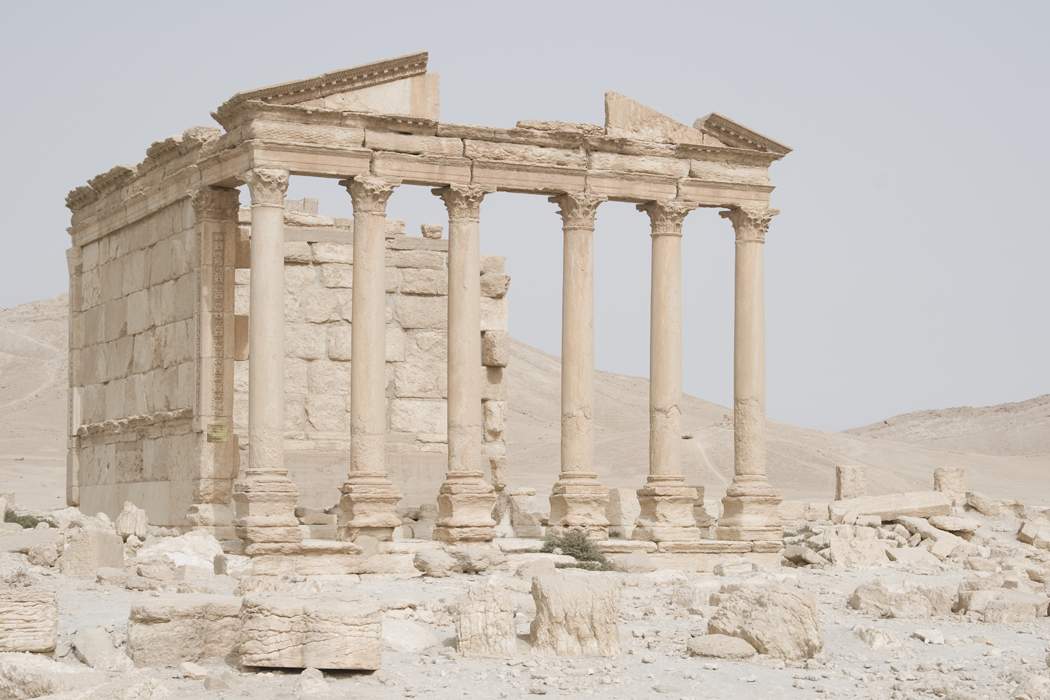 |
| Massimiliano Gatti: photography of ruins that explores the Middle East's past |
Warning: the translation into English of the original Italian article was created using automatic tools.
We undertake to review all articles, but we do not guarantee the total absence of inaccuracies in the translation due to the program. You can
find the original by clicking on the ITA button. If you find any mistake,please contact us.

